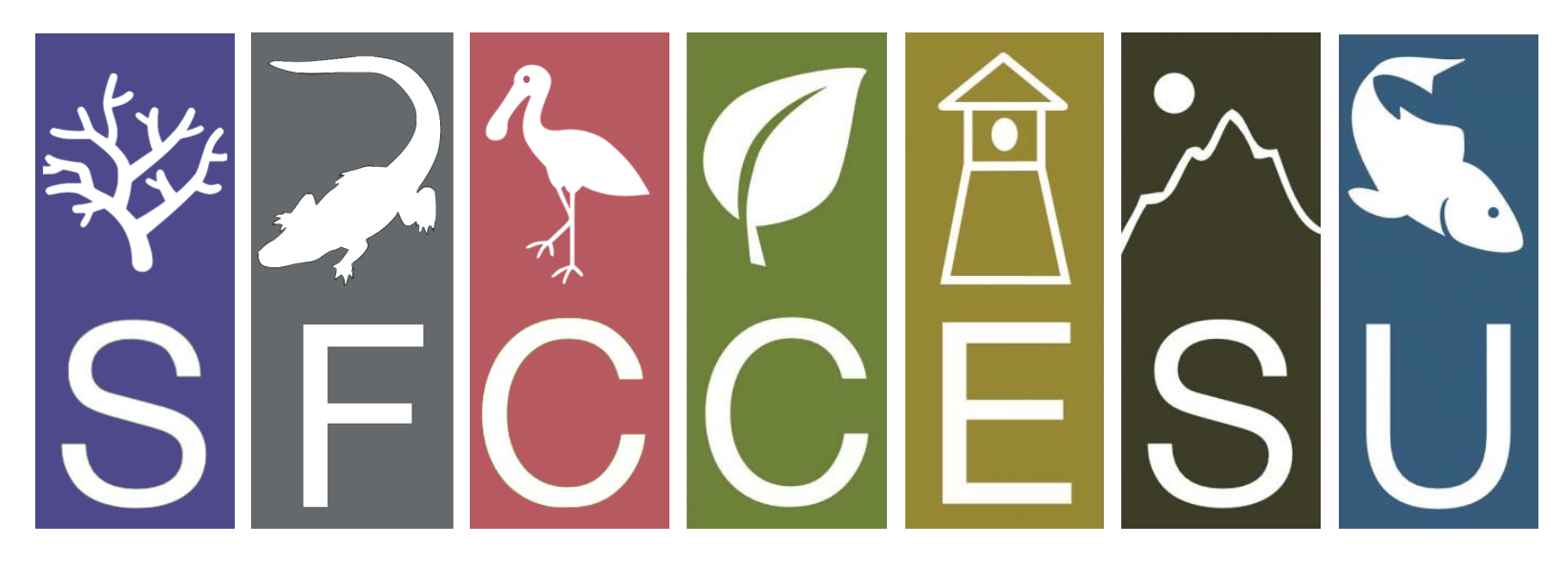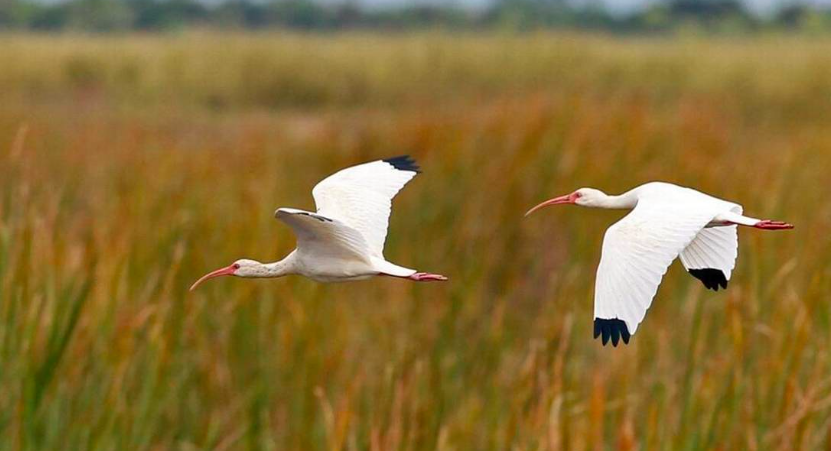REQUEST FOR STATEMENTS OF INTEREST
SOUTH FLORIDA – CARIBBEAN CESU
NUMBER W912HZ-19-SOI-0024
PROJECT TO BE INITIATED IN 2019
Project Title: Wading Bird Colony Location, Size, and Timing in Lake Okeechobee
Responses to this Request for Statements of Interest will be used to identify potential investigators for a project to be funded by the Engineering Research Development Center (ERDC) which provides information regarding changes in wading bird colonies in Lake Okeechobee in response to restoration efforts under the Comprehensive Everglades Restoration Plan (CERP) program. Approximately $94,430 is expected to be available to support this project for one (1) year. Funding for efforts in future years may be available up to 4 years at $94,430 /yr for a total of $472,250 over five (5) years.
Background:
The Water Resources Development Act (WRDA) of 2000 authorized the Comprehensive Everglades Restoration Plan (CERP) as a framework for modifications and operational changes to the Central and Southern Florida Project needed to restore the south Florida ecosystem. Provisions within WRDA 2000 provided for specific authorization for an adaptive assessment and monitoring program. The CERP Monitoring and Assessment Plan (MAP) was developed as a framework for measuring and understanding system responses to CERP, determining how well CERP is meeting its goals and objectives, and indentifying opportunities for improving the performance of CERP where needed.
Wading birds are a dominant predator in the Everglades ecosystem and breeding population responses are considered to be integrative and reflective of many aspects of the wetland habitat; thus wading birds have been identified as a key indicator of restoration success. Restoration has been centered on several trophic hypotheses regarding wading birds (e.g., appropriate hydrology will increase fish and macroinvertebrate populations, enhanced foraging opportunities will increase wading bird breeding, and the return of flow to coastal regions will restore wading bird nesting in those areas). Without the appropriate monitoring of wading bird colonies, these hypotheses cannot be evaluated and CERP may not achieve its goals. In order to determine if restoration effects are system-wide or local, it is necessary to monitor all “patches” of the south Florida ecosystem. Lake Okeechobee is just one piece, but the information gathered is vital to the success of CERP. This project will draw upon prior research conducted in Lake Okeechobee and continue to study how CERP restoration translates into impacts on wading bird populations and reproductive success.
Brief Description of Anticipated Work:
The purpose of this research is to monitor changes in population densities and reproductive success in wading bird populations in Lake Okeechobee. Specifically, the objectives include:
Objective 1: Annual monitoring of the size, location, and species composition of nesting aggregations by long-legged wading birds in Lake Okeechobee;
Objective 2: Annual provision of quantitative information on nest success and nest productivity of the wading bird community; and
Objective 3: The standardization of methods and integration of results from all projects monitoring wading birds in the south Florida ecosystem.
Public Benefit:
This project will play a critical role in building the knowledge base for the population dynamics of wading birds near and in Lake Okeechobee as it relates to ecological conditions including restoration. Data to be collected includes nesting characteristics such as breeding timing, colony formation and size, nesting characteristics, nesting success, and species interactions. Wading birds are an ecological indicator of ecosystem health which is important to the public. Improvements in ecosystem health as result of ecological restoration and habitat management provide a direct benefit to the public by improving outdoor recreation opportunities and the economy of South Florida.
Vendor Requirements:
The Vendor must be a non-federal partner of the South Florida – Caribbean CESU Unit willing to accept the negotiated CESU indirect cost rate of 17.5%. Successful applicants should have expert knowledge of Lake Okeechobee and a record that demonstrates research experience with monitoring threatened and endangered avian species, including migratory species, but specifically wading birds. The Vendor will be required to work with (or under) an appropriate 10(a)(1)(A) permit (research/recovery) The candidate may also be required to obtain 10(a)(1)(B) permit (incidental take). The Vendor will be required to submit three (3) quarterly status reports (per year), one (1) annual report each year, and one (1) final report for all years of the contract to provide updates on monitoring, data collection and analyses, and assessments addressing the three objectives listed above.
Government Participation:
The USACE will participate in study site selections, design, and work plan development. USACE will participate in field data collection efforts as appropriate, will review quarterly status reports, and will provide input to data interpretation for final reports, as well as review annual and final reports. USACE will incorporate the data and analysis into a system-wide database that assesses and evaluates ecosystem restoration efforts in central and southern Florida. Scientific and technical information generated from the project will be utilized to evaluate project/restoration performance and system responses to be used in the development of assessment reports describing and interpreting those responses.
Materials Requested for Statement of Interest/Qualifications:
Please provide the following via e-mail attachment to: Deberay.R.Carmichael@usace.army.mil
(Maximum length: 2 pages, single-spaced 12 pt. font).
1. Name, Organization and Contact Information
2. Brief Statement of Qualifications (including): a. Biographical Sketch,
b. Relevant past projects and clients with brief descriptions of these projects,
c. Staff, faculty or students available to work on this project and their areas of expertise,
d. Any brief description of capabilities to successfully complete the project you may wish to add (e.g. equipment, laboratory facilities, greenhouse facilities, field facilities, etc.).
Note: A proposed budget is NOT requested at this time.
Review of Statements Received: Based on a review of the Statements of Interest received, an investigator or investigators will be invited to prepare a full study proposal. Statements will be evaluated based on the investigator’s specific experience and capabilities in areas related to the study requirements.
Please send responses or direct questions to:
Deberay R. Carmichael
U.S. Army Engineer Research and Development Center (ERDC)
ERDC Contracting Office (ECO)
3909 Halls Ferry Rd.
Vicksburg, MS 39180
Deberay.R.Carmichael@usace.army.mil
Timeline for Review of Statements of Interest: Review of Statements of Interest will begin after the SOI has been posted on the CESU website for 10 working days.

